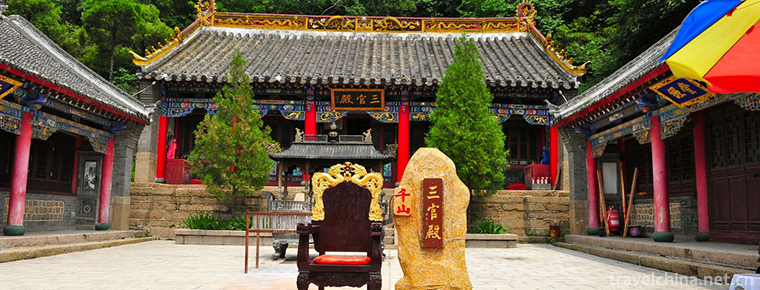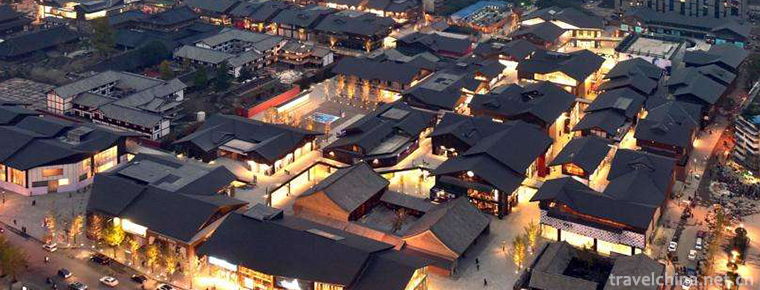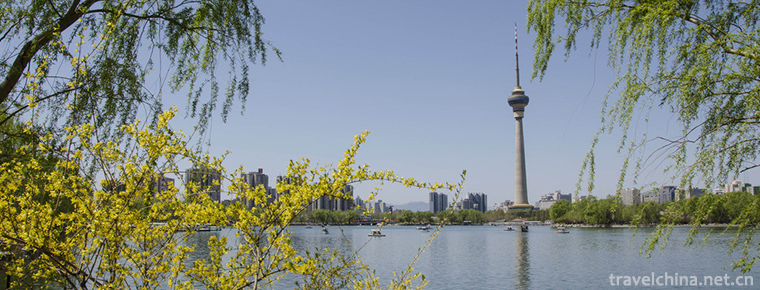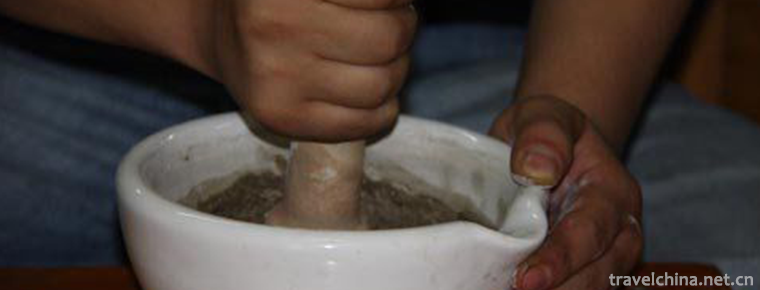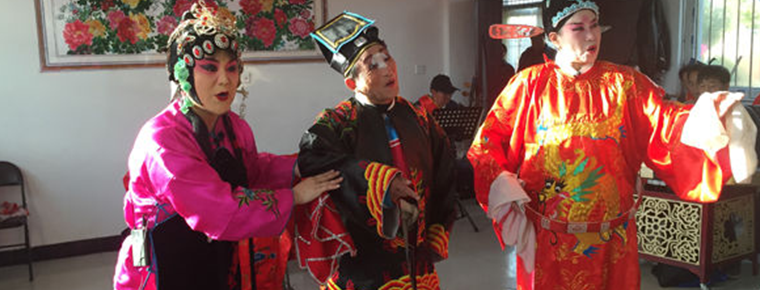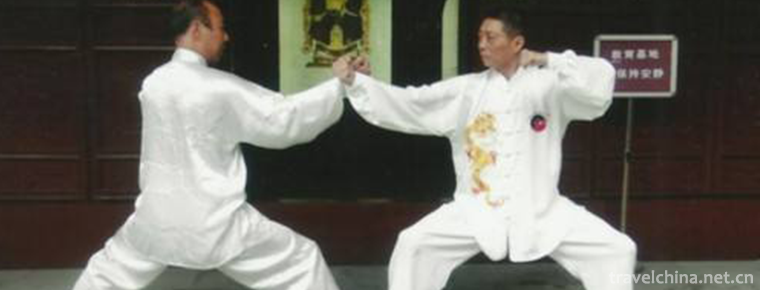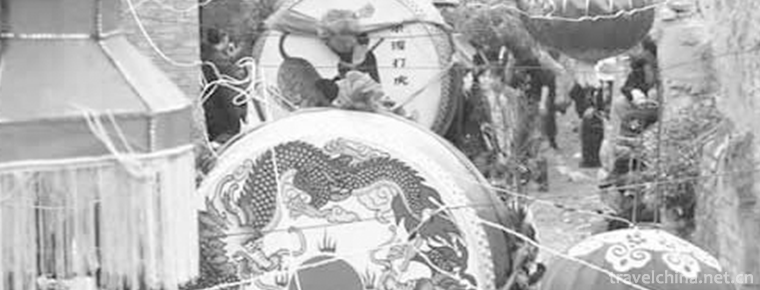History of Mianyang
History of Mianyang
The origin of place names
Mianyang, located in the south of Mianshan mountain, was named Mianyang in 1913 according to the ancient meaning of "south mountain and North Water" as "Yang".
Construction history
Mianyang City is one of the early human activity areas in China. The stone and pottery of Neolithic Age 4500 years ago were unearthed at bianduishan site.
In the second year of Gaozu in the Western Han Dynasty (201 BC), Fu County was established. Guanghan county was established in the sixth year of emperor Gaozu of Han Dynasty (201 BC). In the fifth year of Yuanfeng of Emperor Wu of Han Dynasty (106bc), Guanghan County moved from Chengxiang (within the territory of Guanghan City) to Zitong county.
In the first year of ruziying's first year (8th year), Wang Mang usurped the Han Dynasty to establish a new dynasty, and changed Fuxian county to Tongmu County, which implied the meaning of unification and harmony. Therefore, it was named as dujun.
In the 13th year (37th year) of the reign of Emperor Guangwu of the Eastern Han Dynasty, his family was destroyed and Fu County was restored, belonging to Guanghan county.
In the second year of the reign of emperor an in the Eastern Han Dynasty (115 A.D.), the prefectures of Yizhou and Guanghan moved to Fuxian county. Three years later, the prefectures and counties moved out of the city.
At the end of the Eastern Han Dynasty, Liu Bei, according to Shu, established Zitong County in the northern part of Guanghan County in 217 years of Jian'an, and established dongguanghan County in the eastern part of Guanghan County in 225 years of Jianxing. Since then, the city has been along each other, with the establishment of prefectures, counties and prefectures.
During the more than 300 years of the Jin Dynasty and the southern and Northern Dynasties, wars were frequent and the establishment of administrative districts changed greatly. In the Western Wei Dynasty, Fu County was changed to Bazhong County, and TongZhou was established to govern Bazhong county (now east of Mianyang City, Sichuan Province).
After the Sui Dynasty, the establishment of administrative districts gradually stabilized. In 581, Bazhong county was changed to Brazil county. In 585, Tongzhou was changed to mianzhou. The Yuan Dynasty abolished Brazil county and entered mianzhou.
In 1727, mianzhou was upgraded to Zhili Prefecture. There are 5 counties under the jurisdiction of Deyang (now Deyang City, Sichuan Province), an (today's Anzhou District of Mianyang), Mianzhu (now Mianzhu City of Sichuan Province), Zitong (now Zitong County of Sichuan Province), and Luojiang (county governance is in Luojiang District, Deyang City, Sichuan Province).
In March of the second year of the Republic of China (1913), mianzhou was abolished and Mianyang county was established in mianzhou Prefecture.
In 1935, Sichuan government was unified, and Mianyang City became the 13th administrative supervision district in Sichuan Province. In 1948, 10 counties of Mianyang, Anxian, Mianzhu, Deyang, Zitong, Luojiang, Guanghan, Shifang, Jintang and Zhangming were possessed.
After the founding of the people's Republic of China, Mianyang special area was set up in 1950, which belongs to the Western Sichuan administrative region. In 1952, Mianyang was under the leadership of Sichuan Province.
In 1953, Guanghan, Jintang and Shifang counties were included in Wenjiang District; Guangyuan (in Jialing town), Wangcang (in fengjiaba), Jiange, Jiangyou, Beichuan, Pingwu, Qingchuan, Zhaohua (in Baolun town) were included in Mianyang special area. It has jurisdiction over 15 counties.
In 1958, seven counties, including Suining, Santai, Pengxi, Yanting, Tongnan, Shehong (in Taihe Town) and Zhongjiang, which belong to Suining District, were included in Mianyang special area. Zhangming county and Jiangyou county were abolished, and jiangzhang county (located in Zhongba) was established. Mianyang has jurisdiction over 21 counties.
In 1959, jiangzhang county was renamed Jiangyou county. Zhaohua county and Luojiang county were abolished and Zhaohua county was incorporated into Guangyuan County; Luojiang county was merged into Mianyang, Deyang and Anxian counties. Mianyang District governs 19 counties.
In 1970, Mianyang special area was renamed Mianyang area, and the area was located in Mianyang county.
In 1976, Mianyang City was established by Mianyang County, which is under the leadership of Mianyang region. Mianyang is located in Mianyang City. It has jurisdiction over 1 city and 19 counties.
In 1977, Tongnan County was assigned to Jiangjin area. Mianyang has jurisdiction over 1 city and 18 counties.
In 1979, Mianyang county was abolished and merged into county Mianyang City. Mianyang governs 1 city and 17 counties.
In August 1983, Deyang City was established. Deyang, Zhongjiang and Mianzhu counties in Mianyang area and Guanghan and Shifang counties in Chengdu City are included in Deyang City.
In 1985, Mianyang was abolished, and Mianyang City was upgraded to a prefecture level city, and the central district was established. Jiangyou and other seven counties in the former Mianyang area were put under the jurisdiction of Mianyang City. Guangyuan County was abolished and prefecture level Guangyuan City and Shizhong District were set up; Qingchuan and Wangcang counties in the former Mianyang area were put under the jurisdiction of Guangyuan City. Suining County was abolished, and prefecture level Suining City and Shizhong District were established; Pengxi and Shehong counties in the former Mianyang area were put under the jurisdiction of Suining City.
On October 30, 1992, the Central District of Mianyang City was abolished, and Youxian district and Fucheng District were established respectively with the central main channel of Fujiang River as the boundary.
In July 2003, Beichuan county was abolished and Beichuan Qiang Autonomous County was established.
On April 4, 2005, the office of Mianyang Municipal People's government moved from No.76, east section of Linyuan Road, Fucheng District to Torch Building of high tech Zone.
On March 20, 2016, Anxian county was removed from the county and renamed as Anzhou district.

-
Mount QianQianshan Mountain
Mount Qian,Qianshan Mountain is located 17 kilometers southeast of Anshan City, Liaoning Province, with a total area of 44 square kilometers..
Views: 162 Time 2018-12-04 -
SiMian Mountain Scenic Area
The Simian Mountain is located in the remnants of the northern slope of Dalou Mountain in Yunnan-Guizhou Plateau, which is an inverted mountain in geology. Located in the south of Jiangjin District of.
Views: 187 Time 2018-12-12 -
Chengdu Maoye JW Marriott Hotel
Chengdu Maoye JW Marriott Hotel is located in Tianfu Square, the heartland of Chengdu. It is about 30 minutes'drive from Chengdu Shuangliu International Airport to the hotel, opening the extraordinary.
Views: 225 Time 2018-12-16 -
Hongjiannao Scenic Area
Hongjiannao Scenic Area is located in Shenmu City, Shaanxi Province. It is located in the transitional zone between the Loess Plateau and Inner Mongolia Plateau, at the junction of Maowusu .
Views: 113 Time 2019-01-16 -
Taishan Hot Spring City
Taishan Hot Spring City Cultural Tourism Scenic Spot is invested and constructed by Shandong Taishan Hot Spring Tourism Development Co., Ltd. with a total investment of 2.6 billion yuan.
Views: 135 Time 2019-02-13 -
yuyuantan park
Yuyuantan Park, AAAA grade scenic spot, is located in Haidian District. East Gate is adjacent to Diaoyutai State Guest House; West to West Third Ring Road is separated from CCTV Tower; South Gate is n.
Views: 163 Time 2019-03-08 -
Production Techniques of Tibetan Mineral Plant Pigments
Since the emergence of human beings, mineral pigments have been accompanied by human beings. Mineral pigments were first used to draw murals.
Views: 204 Time 2019-04-09 -
dongjing music
Dongjing music is a very ancient traditional instrumental music, which originated in Sichuan Province in the Song Dynasty and is now popular in Sichuan Province.
Views: 118 Time 2019-04-28 -
Haicheng Hornplay
Haicheng trumpet opera, the local traditional drama of Anshan City, Liaoning Province, is one of the national intangible cultural heritage..
Views: 343 Time 2019-05-02 -
Legend of Camel Spring
Camel Spring is a provincial key cultural relic protection unit and a patriotic education base. Located in Jiezi Township Unity Village, with convenient transportation and direct access to tertiary oi.
Views: 142 Time 2019-05-15 -
Gentle boxing
Mianquan is a kind of uniform, soft, round, coherent, rigid and soft traditional boxing, which belongs to the intangible cultural heritage of Shanghai. Its movement is soft like cotton, the shape and .
Views: 130 Time 2019-06-04 -
Yucun drum car
Yucun Drum Car has a history of more than 2,700 years. It has recovered after a long history of ups and downs. Drum truck is a combination of drum and car, which evolved from the ancient chariot. As a.
Views: 92 Time 2019-06-28
